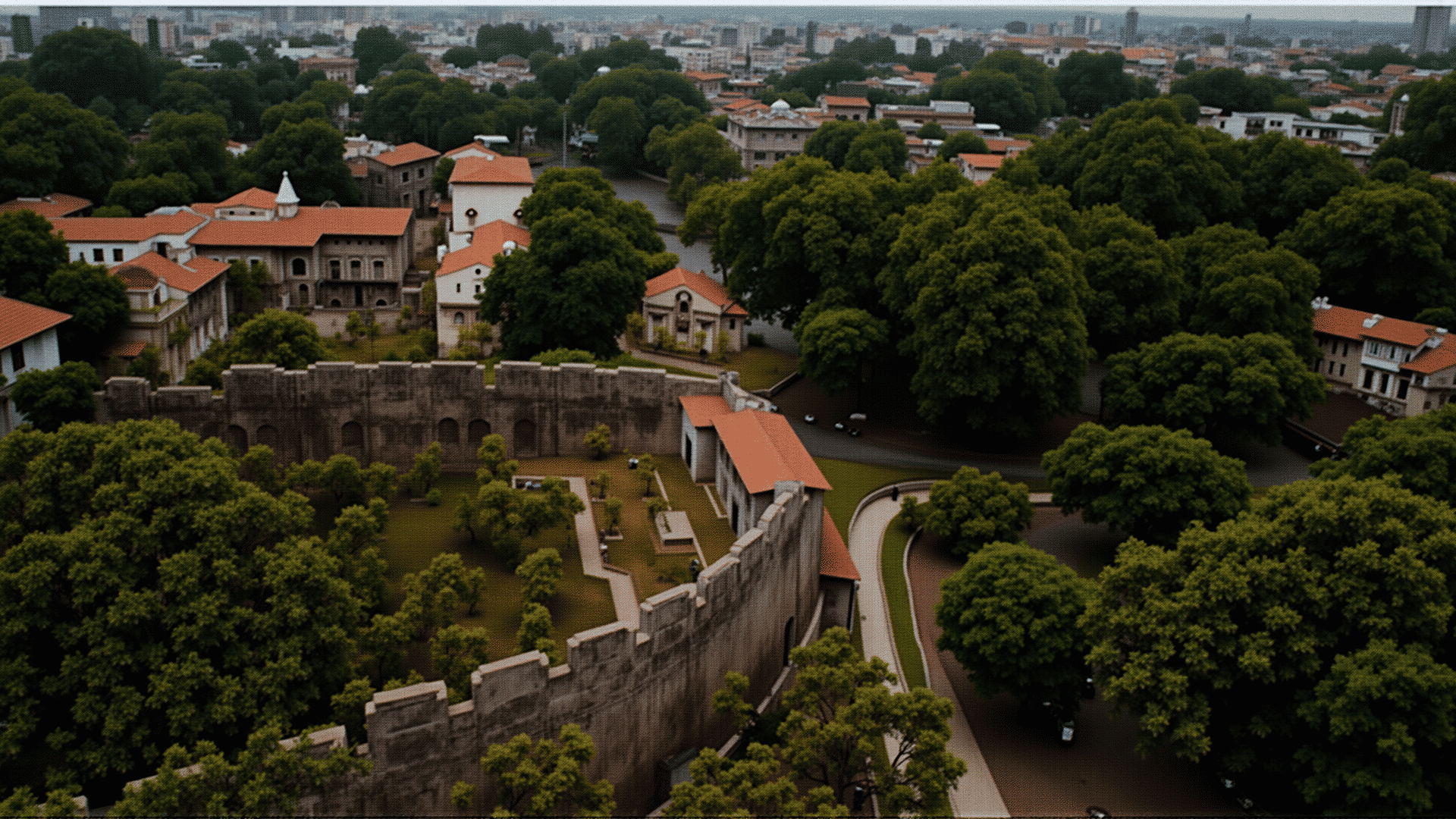Nestled in the heart of Manila, the historic district of Intramuros invites visitors to step into a different era. This "Walled City" serves as a captivating reminder of the Philippines' rich colonial heritage, with cobblestone streets, centuries-old churches, and grand fortifications that echo tales of the past.
Intramuros, with its name meaning "within the walls" in Latin, was constructed by the Spaniards in the late 16th century as the epicenter of their colonial capital. Today, it stands as a monument to Manila's fascinating history, offering a glimpse into the architectural and cultural influences of its colonizers.
Walking through the massive stone gates of Intramuros, one immediately encounters the iconic Fort Santiago. Once a formidable defense bastion, this fortress tells stories of bravery and sacrifice. Visitors can explore its dungeons and storied walls, imagining the footsteps of historical figures who once walked its grounds.
As you wander deeper into the district, the majestic Manila Cathedral rises in prominence. An architectural marvel, this cathedral has withstood the tests of time, including numerous reconstructions due to natural disasters and wartime damage. The cathedral's stunning façade and serene interiors provide a contrasting peace amidst the city’s bustling surroundings.
Another gem within Intramuros is San Agustin Church, a UNESCO World Heritage site. Built in Baroque style, the church is adorned with intricate wall carvings and awe-inspiring frescoes. Its grandeur and resilience speak volumes, having survived major calamities, making it the oldest stone church in the country.
Beyond religious landmarks, Casa Manila Museum offers a peek into 19th-century colonial life. This reconstructed Spanish home features authentic period furnishings and artifacts, effectively transporting visitors back in time with its immersive displays.
Intramuros, however, is not solely about history. Its vibrant cultural scene continues to evolve. Horse-drawn carriages, known as kalesas, offer charming tours around the district, while street performances and art installations frequently animate its historic plazas.
Gastronomic treats also abound within the walls. From traditional Filipino delicacies to contemporary fusion dishes, visitors can indulge in a culinary journey that reflects the blend of local and foreign influences.
Intramuros stands as a living narrative of Manila's complex past, where every corner narrates stories of colonial endeavor, tragedy, and survival. With its enduring charm, it beckons the curious traveler to explore the layers of history and culture woven into its very fabric. Whether for its architectural marvels or its lively cultural vibe, Intramuros remains a timeless treasure in the modern metropolis of Manila.
